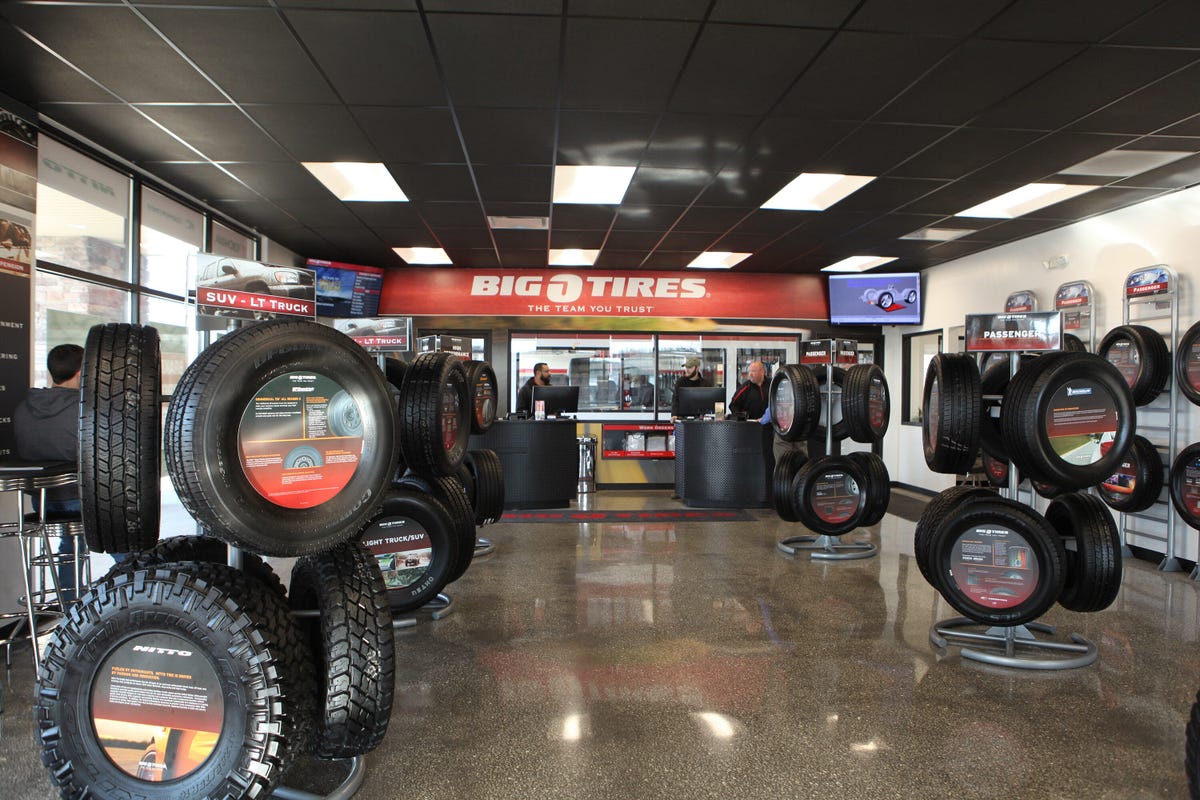Get Expert Tire Services at Tire Shop Morris: Complete Satisfaction Guaranteed
Get Expert Tire Services at Tire Shop Morris: Complete Satisfaction Guaranteed
Blog Article
Tire Solution: Comprehending Tire Stress Tracking Solutions
Comprehending Tire Pressure Surveillance Equipments (TPMS) is a crucial aspect of keeping optimum car performance and security on the road. With advancements in automobile innovation, TPMS has become a basic feature in contemporary cars, providing real-time information on tire stress degrees. Digging deeper into the ins and outs of TPMS, one can discover the various parts that compose this system and the importance of each in guaranteeing exact monitoring. From direct to indirect TPMS systems, the landscape of tire pressure monitoring varies, each with its special set of factors to consider and advantages. Stay tuned to untangle the intricacies of TPMS, from maintenance tips to the undeniable advantages of maintaining your tires correctly inflated. morris tire and alignment.

Importance of TPMS
The value of Tire Stress Monitoring Solutions (TPMS) depends on their capability to enhance vehicle safety and efficiency via real-time surveillance of tire pressure levels. Keeping the appropriate tire stress is crucial for making certain optimal handling, braking, and total security of a vehicle. TPMS gives drivers with prompt feedback on any type of underinflated or overinflated tires, enabling prompt changes to be made.
Components of TPMS
Consisting of numerous vital components, a Tire Stress Tracking System (TPMS) functions as an advanced safety and security feature in contemporary cars. The main parts of a TPMS consist of sensing units, a control module, and a caution indication. Sensing units are typically situated in the tire valve stem or connected to the wheel assembly, where they measure tire stress and send information to the control module. If it finds considerably low pressure in any of the tires, the control module procedures this info and sets off a warning. The caution sign, commonly an icon on the control panel, notifies the driver to check the affected tire or tires. Some progressed TPMS versions likewise show the actual tire stress analyses for each tire, supplying vehicle drivers with real-time info to make sure optimum tire efficiency and security. By checking tire pressure continuously, TPMS aids stop accidents, reduces tire wear, and improves fuel efficiency, making it a crucial part for automobile safety and performance.
Kinds Of TPMS

On the other hand, indirect TPMS depends on the lorry's wheel pop over to this site rate sensing units to check tire stress. This system finds underinflation by contrasting the rotational rates of the wheels. Indirect TPMS is much less pricey i loved this than direct TPMS, as it uses existing sensors within the car.
While straight TPMS uses much more precise readings, indirect TPMS is easier in design and commonly requires much less maintenance. Both systems have their restrictions and benefits, and the selection between them often relies on factors such as cost, automobile make, and individual preference. Recognizing the differences in between these 2 sorts of TPMS can aid car proprietors make notified choices regarding tire upkeep and security.
TPMS Maintenance Tips
Effective maintenance of TPMS is necessary for making sure optimal efficiency and safety of your vehicle. Routinely checking the TPMS sensors for any kind of damages or deterioration is crucial. Make sure that the sensors are tidy and totally free from particles that can hinder their performance. In addition, it is recommended to check the sensing unit batteries regularly and replace them as required to guarantee accurate analyses. Conduct routine look at the tire stress degrees and compare them with the TPMS analyses to guarantee they are consistent. Rectify the system following the supplier's standards if there are any inconsistencies. Throughout tire turning or replacement, make sure that the TPMS elements are handled thoroughly to prevent any type of prospective damages. If the TPMS advising light illuminates on the dashboard, attend to the concern without delay by examining the tire stress and the overall system for any type of faults. By adhering to these upkeep pointers, you can extend the lifespan of your TPMS and boost the security of your driving experience.
Benefits of Proper Tire Stress
Maintaining correct tire stress, as emphasized in TPMS Maintenance Tips, is crucial for reaping the countless benefits related to optimum tire pressure degrees. Among the main benefits of keeping the proper tire stress is enhanced fuel effectiveness. When tires are effectively inflated, there is much less rolling resistance, bring about better fuel economy. Additionally, proper tire stress ensures even tire wear, extending the lifespan of the tires and promoting much safer driving problems. With the ideal tire pressure, automobiles also have far better handling and grip, especially in damaging weather condition conditions. This can enhance general driving efficiency and safety for the vehicle driver and travelers. Keeping optimal tire pressure can add to a smoother and extra comfy adventure by minimizing vibrations and sound triggered by redirected here underinflated tires. To conclude, the benefits of correct tire stress exceed simply tire longevity; they include improved fuel performance, improved security, far better vehicle performance, and total driving comfort.
Conclusion
Finally, comprehending tire pressure tracking systems (TPMS) is important for maintaining optimal tire stress and making sure vehicle safety and security. By acknowledging the significance of TPMS, knowing with its components, recognizing the various types available, adhering to proper upkeep suggestions, and realizing the advantages of maintaining proper tire stress, motorists can improve their driving experience and prolong the life-span of their tires. Correct tire stress is essential to effective and risk-free lorry procedure.

Report this page